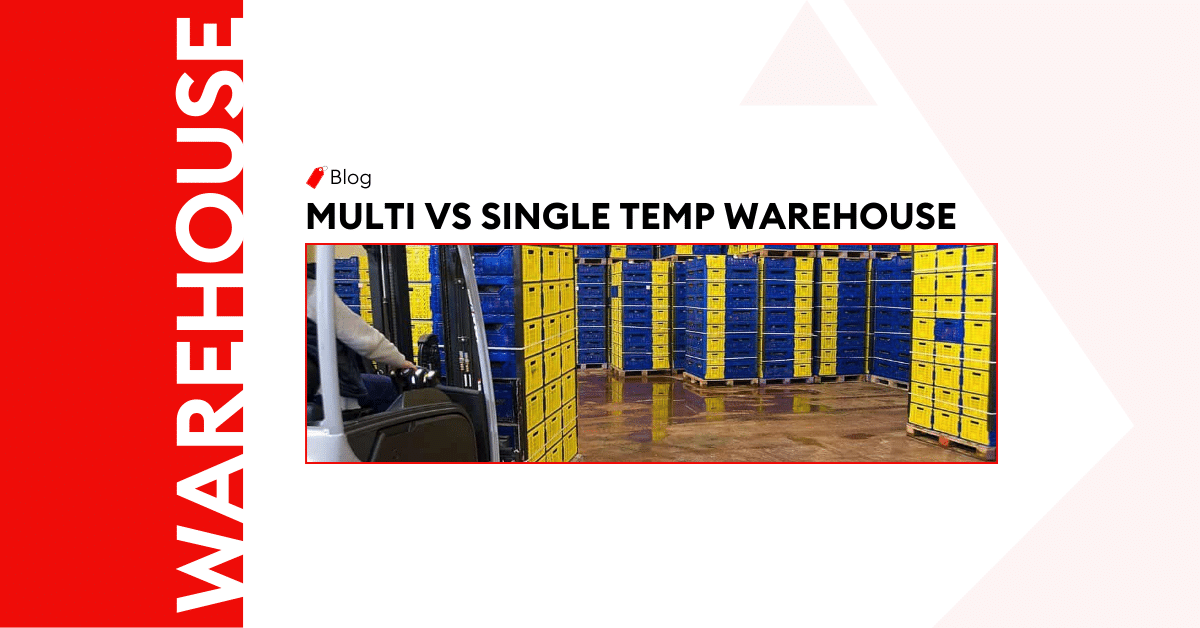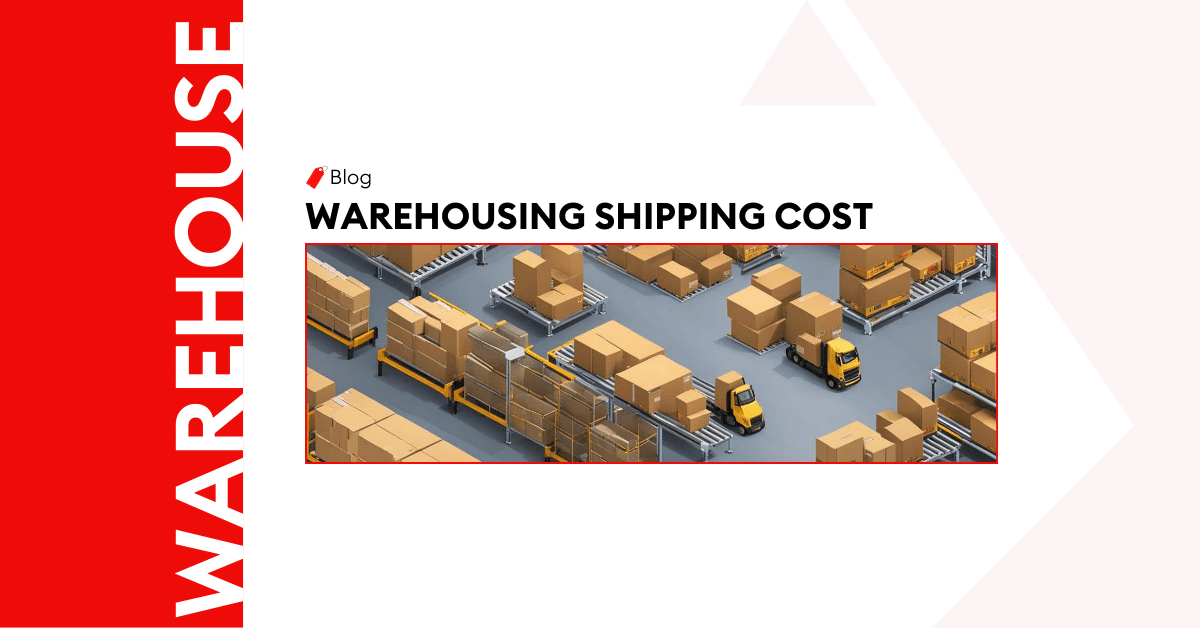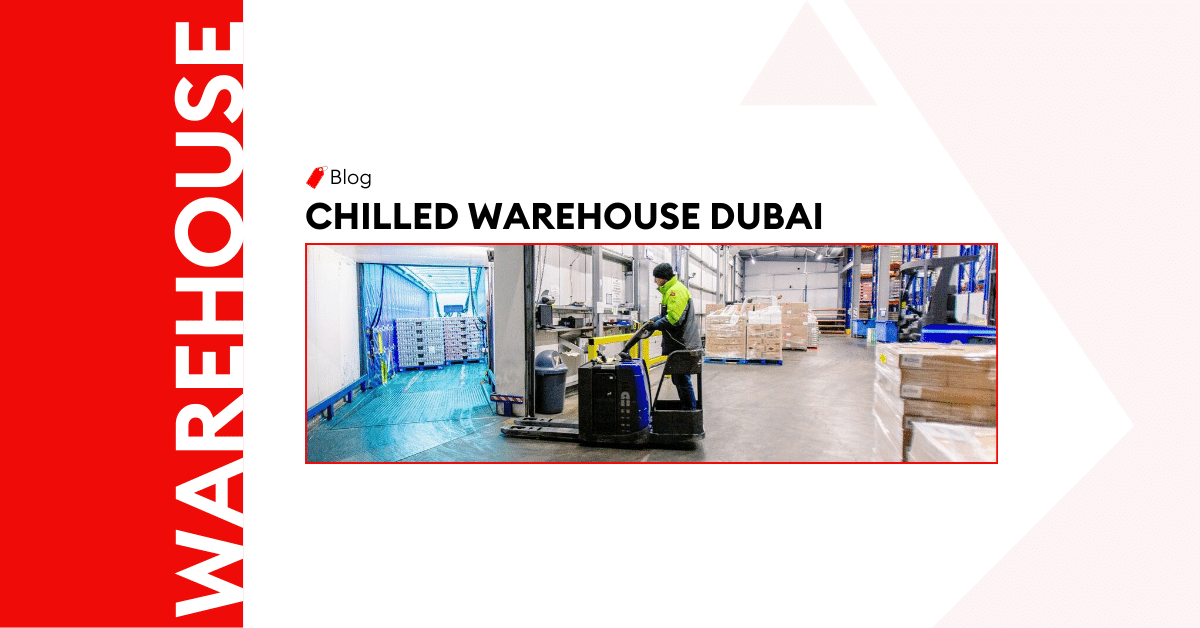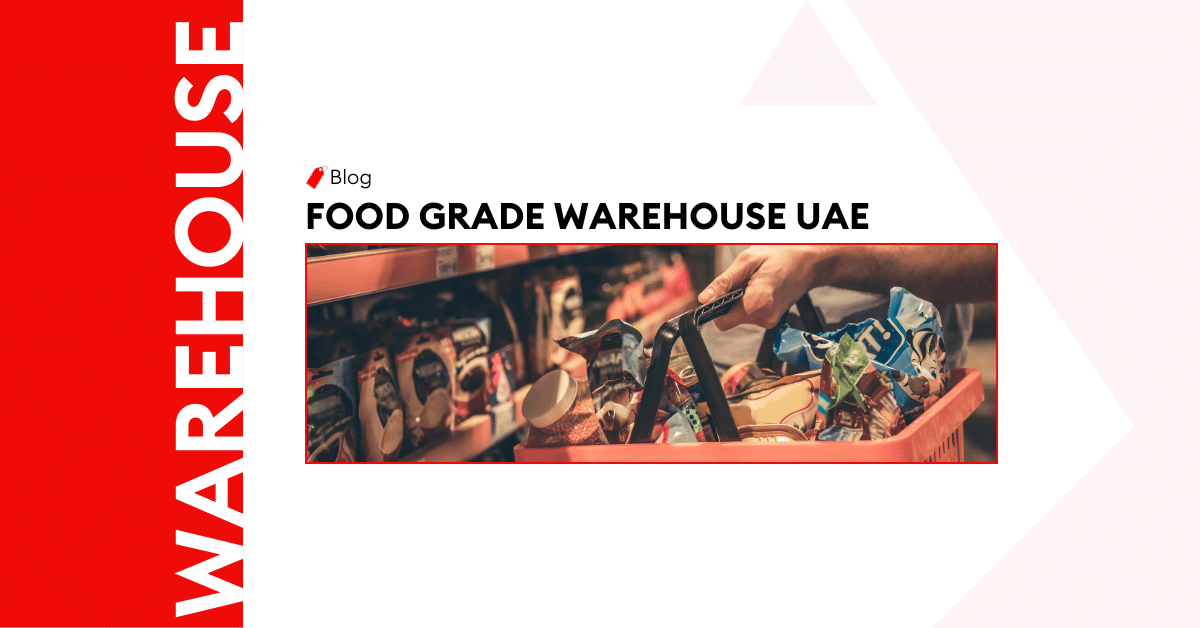
Multi-Temperature Vs. Single Temperature Warehouse
The universe is a circuit characterized by a lot of buying and selling. With human wants being insatiable, the need for consumer products of diverse kinds continues to increase. As a result of increasing demand, there is also an increasing need to properly store and transport these products to consumers in different parts of the world.
But here is the issue. Every product needs a unique climate and temperature for sustenance as it is stored and transported along the supply chain. It is important because the absence of the right temperature and climate will make the product lose its quality, reduce the life span, decay, or ultimately get destroyed before reaching the consumers.
The four temperature zones include
- The frozen zone(-18 – 4ºC): suitable for fruits and vegetables etc
- The ambient zone(15º – 25ºC): ideal for automobiles, toys, etc.
- The chilled zone (at or below 8ºC): suitable for dairy products, pre-cooked food, fruits(apples), etc
- Dry zone: ideal for grains, seeds, flours, etc.
It’s time to get educated as this article will provide good information on the importance of storage and warehouses and the up-to-date comparison of the multi-temperature and single temperature warehouses.
Why Maintaining Goods Storage Temperature is Important
Building on the foundation set at the introductory section of this piece, it is not out of place to emphasize the importance of product storage. Efficient product storage helps maintain product quality. Remember that every company in the supply chain thrives when their customers are satisfied, and customers get satisfied when they get the desired product in the best quality state.
The big question is, how can companies achieve this feat? The answer is through temperature storage warehouses. A warehouse is a structure or building where physical products are stored before they are transported to another location to meet consumers’ needs.
Industries that involve specific product testing, such as dairy processing, pharmaceuticals, automobile development, etc., will find it hard to thrive without temperature warehouses. The fact is, temperature warehouses have features that keep products in a precise temperature and climate condition to preserve their quality. So, in simple words, temperature warehouses help maintain goods storage temperature.
In summary, here are reasons why maintaining goods storage temperature is important.
- Preserve goods, hence improving the goods life span
- Increase in profitability since customers are satisfied
- The health of customers is preserved since the goods don’t lose their safety qualities
- Good air quality
Types of Multi-Temperature Storage
Different products have their unique way of reacting to varying ranges of temperature. For example, a fruit may react adversely to a temperature, while canned goods may react suitably to the same temperature. So, it’s best to identify the right temperature for each product.
But there is a way of creating a storage system that accommodates various temperature ranges, which in turn supports storage for different products. Such a system is called multi-temperature storage. Multi-temperature storage leverages more than one temperature zone, and there are four categories, as seen below.
Frozen Storage
Frozen storage is quite familiar, as seen even in little refrigerators and freezers. It is subjecting products to a temperature of 4ºC(refrigerating level) or -18ºC(freezing level). Freezing helps to slow down or prevent the growth of micro-organisms responsible for the decay of the products.
Chilled Storage
The chilled storage is about cooling the goods but not getting to the extent of freezing. It involves keeping goods at or below 8ºC. Chilled storage makes the goods cold which in turn deactivates bacteria actions threatening the product life.
Confectionary/Ambient/Room Temperature Storage
The storage method involves placing products at room temperature. As the name implies, the temperature is a prototype of that which individuals experience in their homerooms. Room temperature ranges from 15ºC –25ºC.
Dry Storage
Dry storage is a more traditional way of storing products. It involves keeping products in areas that do not need temperature or climate control. Products stored in dry storage naturally have a long life span.
What are the Ideal Products for Each Temperature Storage
The different categories of multi-temperature storage have been discussed in the section above. But it is ideal to go further by outlining the products compatible with each storage system.
Dry Storage
Here is a reminder that products that do not require the absolute temperature to be safe are the candidates for the dry storage system. The examples include;
- Oils
- Spices
- Pasta
- Flour
- Grains
- Honey
- Seeds
- Shoes etc
Frozen Storage
Goods ideal for frozen storage include;
- Poultry
- Eggs
- Meat
- Dairy
- Fruits
- Vegetables
- Vaccines
- Refrigerated medicine etc
Confectionary/Ambient/Room Temperature Storage
Products ideal for storage at or below 8ºC include;
- General products with a use-by date
- Pre-cooked food
- Perishable products
- Diary products
- Fruits
- Vegetables etc
Dry Storage
Dry storage is a more traditional way of storing products. It involves keeping products in areas that do not need temperature or climate control. Products stored in dry storage naturally have a long life span.
Single Warehouse with Single Temp Zone vs. Single Warehouse with Multi Temp zone
There are warehouses with a single temperature zone and multi-temperature zone. A single warehouse with a single temperature zone means that the warehouse is designed within one temperature range. In contrast, the multi-temperature zone warehouse means the warehouse supports more than one temperature storage range.
Single Warehouse with Single Temperature Zone
The pros of a single warehouse with a single temperature zone include;
Protects goods suitable with its temperature zone
A single warehouse with a single temperature zone provides optimum storage and preservation of suitable goods. Provided the products are ideal, the warehouse will supply the needed temperature.
Enhance customer satisfaction
Provided the quality of the goods is well preserved, customers tend to receive them that way. As a result, customers are happy and satisfied.
The cons include;
Stores a smaller range of product
Here is the downside of the single warehouse with a single temperature zone. It can only preserve products that fit into its designed temperature zone. So, for example, if the warehouse is designed for frozen storage, it will not be suitable for products that need ambient temperature.
Single Warehouse With Multi-Temperature Zone
It is time to dive into the pros of a single warehouse with a multi-temperature zone.
Ensures uninterrupted cold chain
In this type of warehouse, there are a variety of temperature zones. Since all temperature zones are present, the cold chain remains unbroken; hence the transportation of temperature-sensitive goods becomes successful.
Can store a wide variety of products
Be it a product that needs chilled storage, or a product that requires an ambient temperature, they all have a place in a warehouse with a multi-temperature zone.
Scaling of business and growth
Storage and transportation of large volumes of products become easier. As a result, companies can scale and grow.
Aids Logistics
The overall logistics becomes much easier and successful, which means good business.
The cons of a single warehouse with a multi-temperature zone include;
Requires a high level of control and management
The system is quite a large one and will require experienced personnel to control and manage the warehouse.
Final Thoughts
It is best to end this piece with an example. Taking a case study of the famous covid-19 pandemic, it was no news that the world was in peril and needed a quick intervention. Finally, after research by doctors and scientists, there was a breakthrough with the vaccine. But the vaccine has to be transported to different parts of the world.
The vaccine was stored in a warehouse with a multi-temperature zone; the temperature had to be maintained to ensure the vaccine remained in good condition. Think about this; A drop in the temperature of the warehouse would destroy the vaccine and cause the death of many people.
The article has revealed what a multi-temperature warehouse is and goes further to show its importance. It also touched on the suitable products for different temperature zones. A good review of the information provided indicates that temperature-controlled warehouses will help improve the overall logistics of the supply chain. Hence it is a valid strategy for businesses.
Our customer service team is happy to assist you with planing your next booking.

Related Articles
Optimize Warehousing, Fulfillment and Shipping Cost
In today’s fast-paced business environment, efficient distribution and shipping play a crucial
Frozen and Chilled Storage Warehouse in Dubai
Dubai’s hot climate means efficient storage is a prominent concern for manufacturers and selle
Keeping Your Food Safe with Food Grade Warehouse in Dubai
Currently, the United Arab Emirates (UAE) relies on other countries for the bulk of its food supplie







Post a comment
You must be logged in to post a comment.